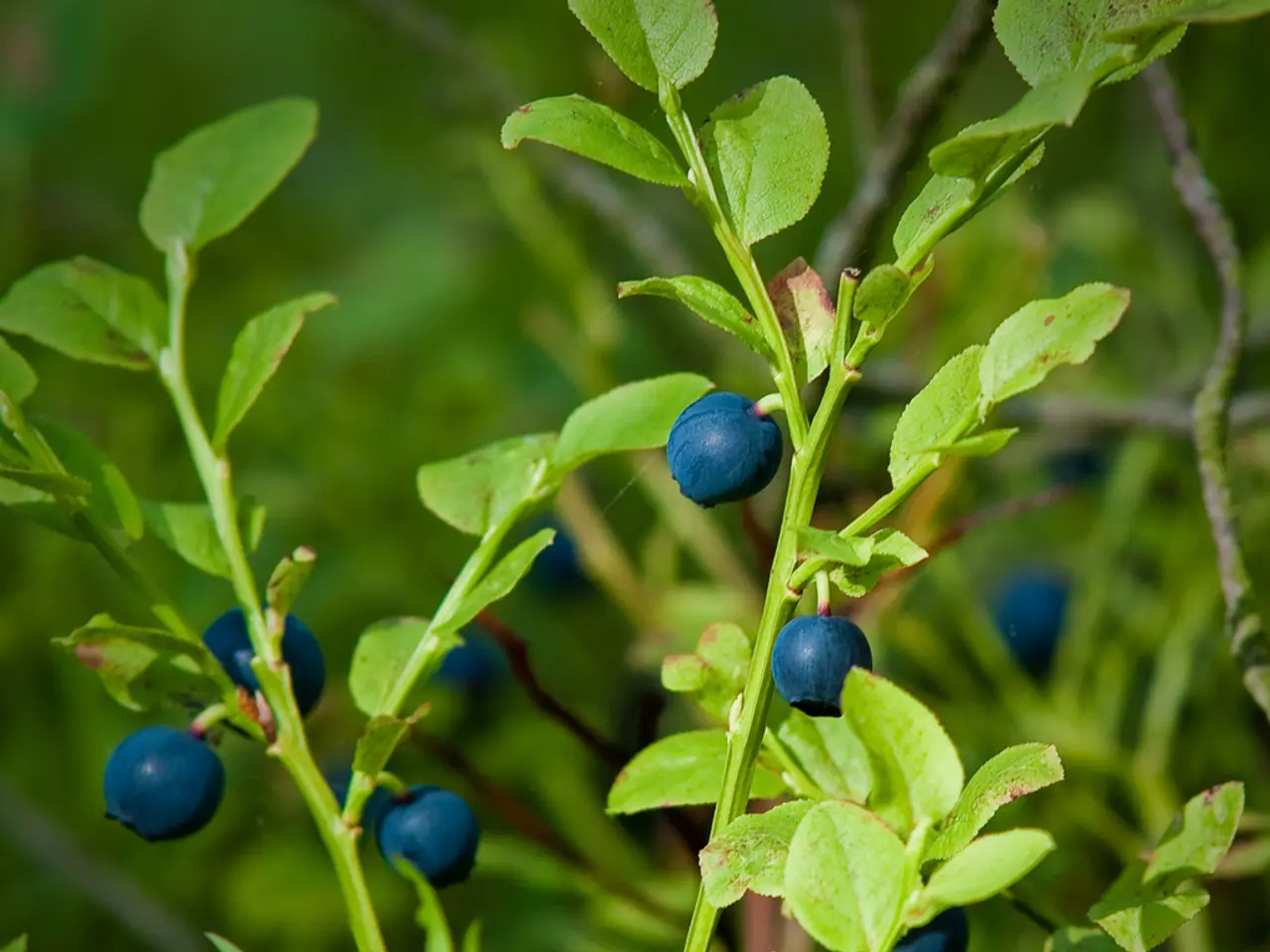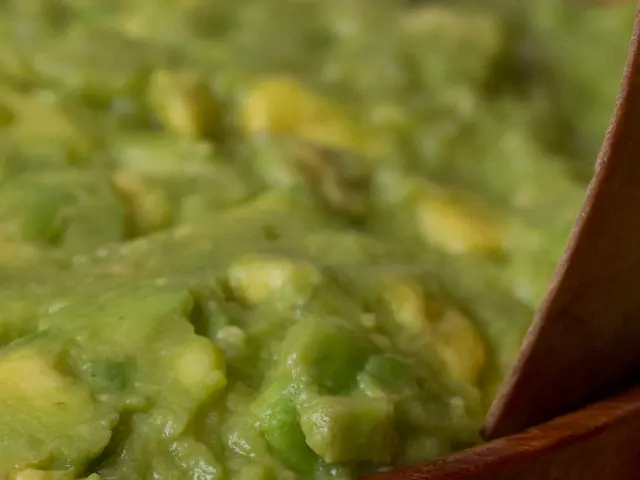Juniper Berries: The Secret Ingredient in German Cuisine's Rich History
Germany's traditional sauerbraten and sauerkraut dishes gain depth from juniper berries, a spice with a rich history and diverse uses. These berries, actually fleshy cones of female junipers, have flavoured wine, mead, and meats for centuries.
The common juniper (Juniperus communis) provides the blue-black berries used in German cuisine and spirits like gin. Juniper berries' antiseptic, anti-inflammatory, and anti-viral properties made them popular during the Middle Ages for warding off disease.
In the 17th century, a Dutch physician named Francis Sylvius created a juniper berry-based diuretic tonic, which evolved into a popular alcoholic beverage. Today, juniper berries are used sparingly in dishes to tone down the gaminess of game meats. They are also a key ingredient in Native American medicine and cooking.
While juniper berries offer numerous benefits, they must be consumed in moderation due to their Thujone content. In Germany, they remain an essential ingredient in traditional dishes, adding a unique flavour that has stood the test of time.







